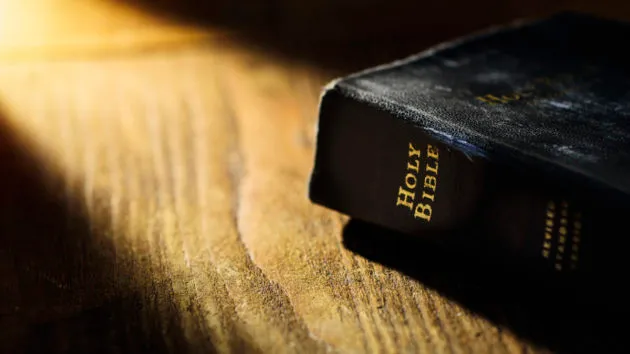Let’s get one thing clear from the start: the Treaty of Waitangi is not a “sacred covenant”. At the heart of the agreement signed in the Bay of Islands on 6 February 1840 was the undertaking given by Great Britain’s emissary to the assembled Māori chiefs that their authority, lands and resources would not be taken from them – they were safe.
This is important because, in the 30 years preceding the arrival of Captain Hobson, devastating wars of conquest and annihilation raged across New Zealand. Upwards of 20 per cent of the population had been killed in those “Musket Wars”, and a great many tribes were no longer where they had been prior to the arrival of Europeans. This is why Great Britain’s implicit acknowledgment that the victorious chiefs could keep what they had won, and might even sell some of it off to the governor and his agents, was so vital. Without Article II, there could have been no treaty.









